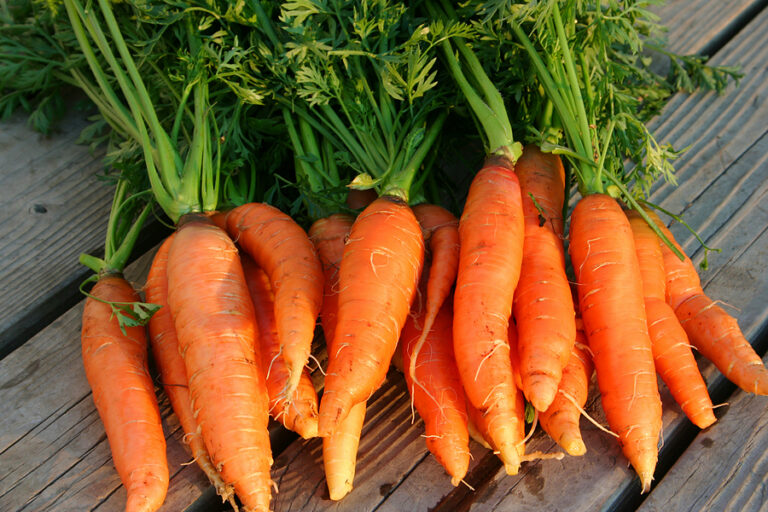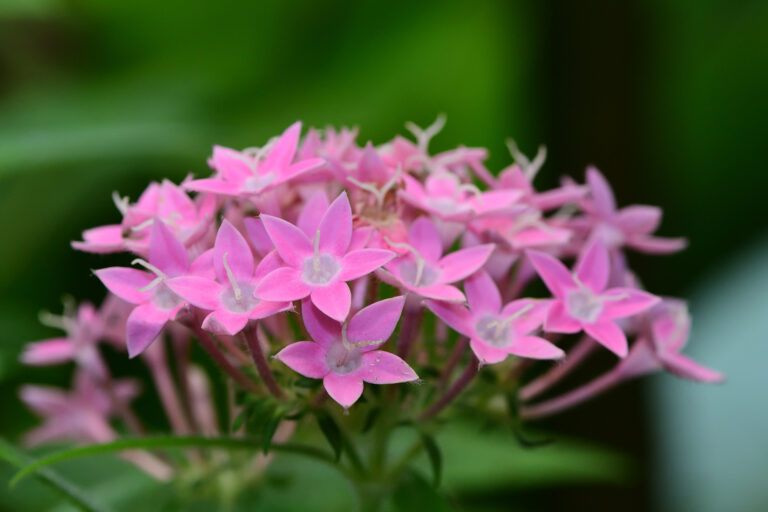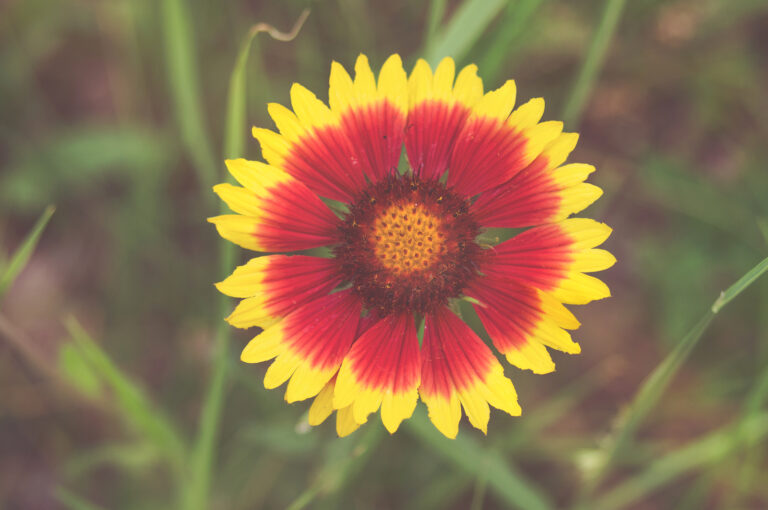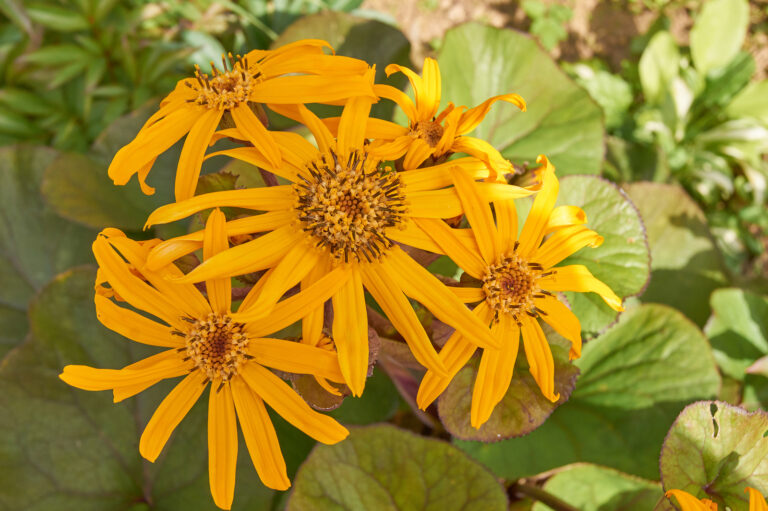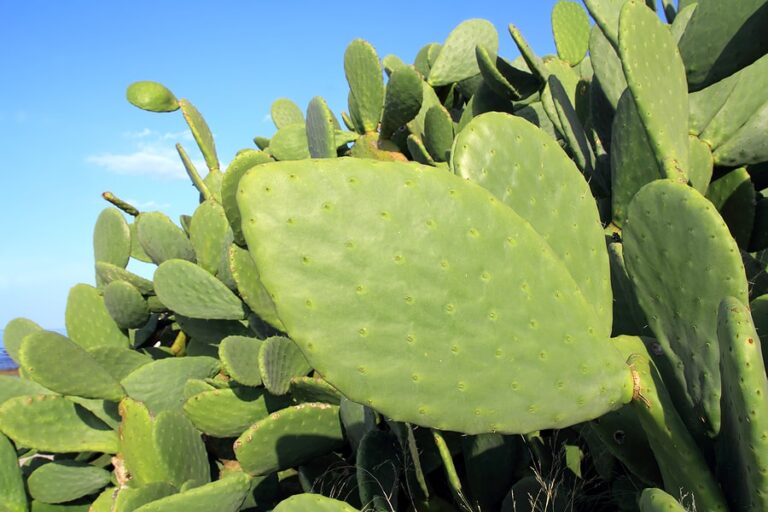How to Plant, Grow, and Harvest Salad Burnet
Salad burnet is a perennial herb with a light cucumber flavor and aroma. Salad burnet grows best in the cool time of the year, spring and fall. The leaves of salad burnet are added to salads and dressings, and can be used much like mint leaves in iced drinks.
Here is your complete guide to growing salad burnet.
Where to plant salad burnet
- Best location: Plant salad burnet in full sun to part shade. In hot summer regions, it will grow best in dappled sun.
- Soil preparation: Grow salad burnet in well-drained sandy loam. Salad burnet prefers a soil pH of about 6.8. It will grow in poor soil that is neutral to slightly alkaline.
Articles of interest:
- How to Grow Herbs
- How to Start an Herb Garden
- Best Herbs for Container Growing
- Herbs for Cool Season Growing
- Grow 20 Herbs for Cooking
When to plant salad burnet
- Seed starting indoors: Sow seeds in early spring indoors about 4 to 6 weeks before the last frost. Sow seed in flats or individual pots. Cover the seed just lightly and keep the seed starting mix just moist. The seed will germinate in about 7 to 14 days.
- Transplanting to the garden: Transplant salad burnet seedlings to the garden about two weeks after the last frost in spring. Handle seedlings carefully to avoid transplant shock. Large plants do not transplant well.
- Outdoor planting time: Sow seed outdoors mid to late spring or plant root divisions.
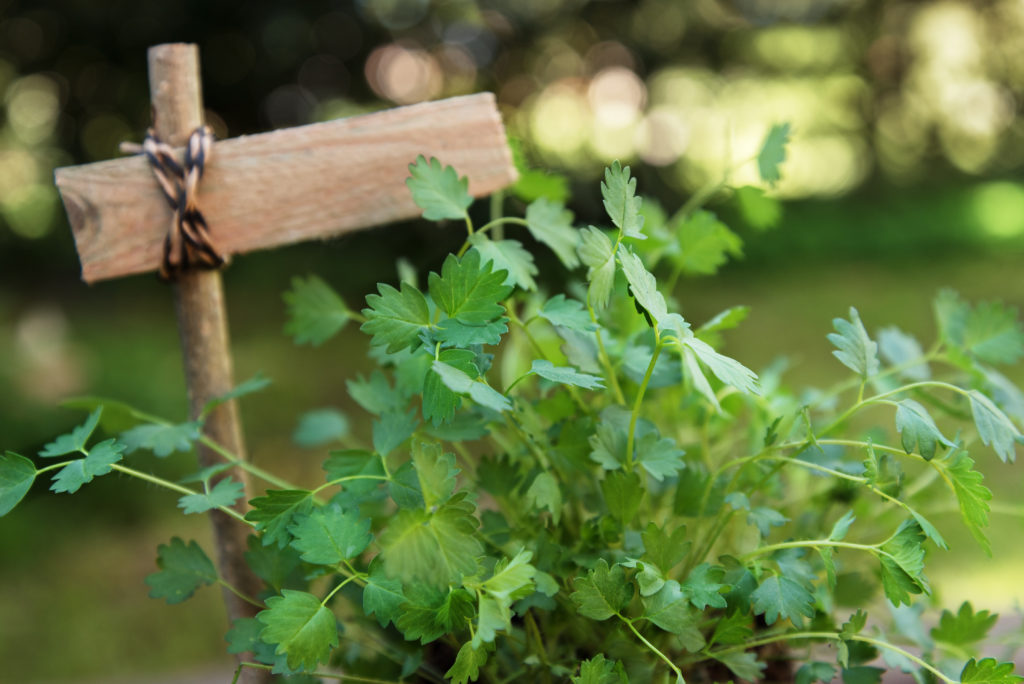
How to plant salad burnet
- Planting depth: Cover lightly, with ⅛ inch of soil and keep the soil moist, until seeds germinate.
- Spacing: Grow plants 12 to 15 inches apart. Space rows 18 inches apart.
- How much to plant: Grow 4 plants for fresh use and cooking.
Companion planting salad burnet
- Companion planting: Grow salad burnet with catnip, celery, and dill.
Watering and feeding salad burnet
- Watering: Salad burnet grows best in evenly moist soil. Keep the soil just moist.
- Feeding: Side dress salad burnet with aged compost early in the season; feed plants with compost tea or a dilute solution of fish emulsion every 6 weeks or so.
Salad burnet care and maintenance
- Care: Remove flower stalks as they form to stimulate new leafy growth. Older leaves and plants will not be as tender and flavorful as young plants. Divide salad burnet each year to grow new plants. Salad burnet spreads by rhizome; control the plant’s spread.
- Mulching: Mulch around salad burnet with aged compost to keep weeds down and add nutrients to the soil.
Container growing salad burnet
- Container growing: Salad burnet grows well in large containers. Choose a container at least 12 inches deep and wide.
- Winter growing: Overwinter salad burnet indoors in Zones 6 or colder. Plants left in the garden should be protected with a mulch of chopped leaves or straw.
Salad burnet pests and diseases
- Pests: Salad burnet is commonly pest free.
- Diseases: Salad burnet can experience leaf spot in wet weather. Space plants so that there is plenty of air circulation. Remove spotted or diseased leaves.
How to harvest salad burnet
- When to harvest: Harvest salad burnet leaves once plants are 8 to 10 inches tall. New, young leaves will be the most tender. Leaves are most flavorful before the plant flowers.
- How to harvest: Cut leaves with a garden snip or scissors. Harvest young leaves; they are the most flavorful.
- Snip leaves
Salad burnet in the kitchen
- Flavor and aroma: Salad burnet has a fresh, pleasant, cucumber-like flavor.
- Leaves: Add salad burnet leaves to tossed salads and sandwiches. Fresh leaves will add flavor to iced drinks, lemonade, and tomato juice. Add freshly chopped leaves to vinegar, butter, dips, and cream cheese. Young leaves have the best flavor, older leaves can be bitter
- Cooking: Add fresh leaves to soups, eggs, and other hot dishes at the end of cooking.
- Culinary companions: The mild flavor of salad burnet combines well with basil, chervil, dill, garlic, oregano, tarragon, thyme, and marjoram.
Preserving and storing salad burnet
- Refrigeration: Wrap fresh leaves in a damp paper towel and place them in a perforated plastic bag and keep them in the crisper for 2 to 3 days.
- Drying: The flavor of salad burnet does not hold up well when the leaves are dried.
- Freezing: Freeze leaves in a freezer bag or ice cubes. Add frozen leaves to hot dishes.
Salad burnet propagation
- Seed: Salad burnet grows readily from seed; it readily re-seeds itself.
- Division: Clumps can be divided to create new plants in early spring or fall.
Get to know salad burnet
- Botanical name and family: Sanguisorba minor is a member of the Rosaceae or rose family.
- Origin: Central and Southern Europe
- Type of plant: Salad burnet is an evergreen perennial.
- Growing season: Summer
- Growing zones: Salad burnet grows best in Zones 4 to 8.
- Hardiness: Salad burnet is cold hardy to -30°
- Plant form and size: Salad burnet is a mounded plant that grows low to the ground 1 to 2 feet tall and 1½ to 2 feet wide. Foot-long leafstalks arise from the base of the plant. Upright flowering stems grow from the middle of the leaf rosettes.
- Flowers: Salad burnet has small, thimble-shaped rosy red to purple flowers on upright flowering stems to 2 feet high.
- Bloom time: Salad brunet blooms in summer.
- Leaves: Salad burnet has fernlike leave that resembles celery. The toothed leaflets grow opposite one another in pairs along the leaf stalk.
Also of interest:
- Anise
- Anise Hyssop
- Arugula
- Basil
- Bay
- Bee Balm
- Borage
- Calendula
- Caraway
- Catnip
- Chamomile
- Chervil
- Chives
- Cilantro-Coriander
- Clary
- Costmary
- Cress
- Dill
- Fennel, Sweet
- Horseradish
- Hyssop
- Lavender
- Lemon Balm
- Lemongrass
- Lemon Verbena
- Lovage
- Marjoram
- Mint
- Nasturtium
- Oregano
- Parsley
- Perilla
- Rosemary
- Sage
- Salad Burnet
- Savory
- Scented Geranium
- Shiso
- Sorrel
- Stevia
- Sweet Cicely
- Tarragon
- Thyme
Related articles:
Best Herbs for Container Growing
Planning the Home Fruit Garden
Garden Planning Books at Amazon:
- Vegetable Garden Almanac & Planner
- Kitchen Garden Grower’s Guide Vegetable Encyclopedia
- Vegetable Garden Grower’s Guide
- Tomato Grower’s Answer Book


